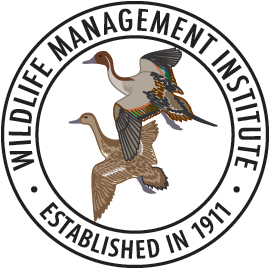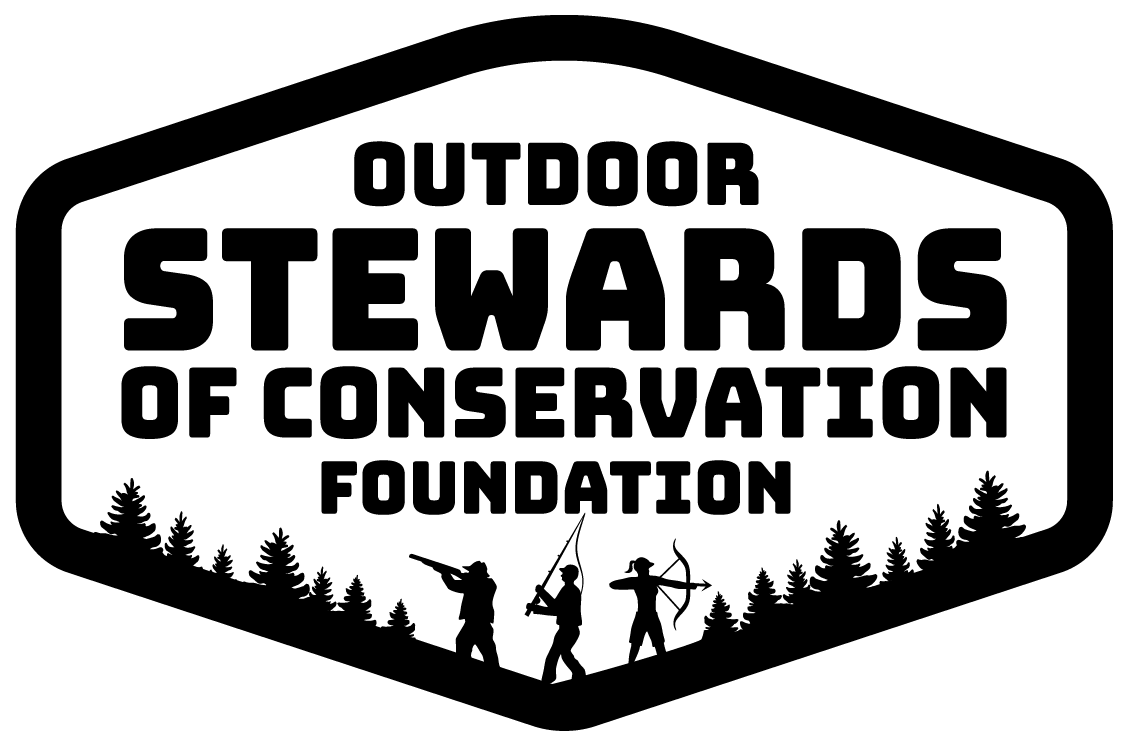


Shareable media promoting conservation from the Outdoor Industry Communication Council (OICC) – see below for more details.
How to Reactivate Millions of Lapsed Target Shooters
Some 37 million Americans have access to a firearm in their household but don’t regularly shoot it. How to get these folks to a range and proficient with their firearm? Just invite them!
Over the past five years, more than 15 million Americans have acquired their first firearm, however, the majority of these new gun owners don’t regularly—if ever—practice with it. Given that proficiency with firearms is dependent on regular training and familiarity with its operation, it’s in the public’s interest to promote more and better recreational shooting opportunities.
A new study considers obstacles to reactivating these lapsed shooters as well as strategies that might convince them to regularly practice with their mothballed guns.
We sat down with Jim Curcuruto, executive director of Outdoor Stewards of Conservation Foundation, who commissioned the 2023 study titled “How to Reactivate Non-Participating Firearms Owners” to get a sense of who these lapsed gun owners are, how they might return to the range, and why it’s important that gun owners practice regularly.
Outdoor Industry Communication Council (OICC): Jim, what type of firearms are we talking about here?
Jim Curcuruto (JC): About 61 percent of respondents in the 2023 survey said their household has a handgun. And, of that number, the vast majority are semi-automatic handguns that were purchased or received from a spouse, parent, or other family member for personal protection. About one-third of folks reported having a rifle, and just over a quarter had a shotgun.
OICC: Are these gun owners generally interested in recreational shooting?
JC: The vast majority (72%) of lapsed gun owners responded that the preprimary reason they own a gun is for “Protection / Self-Defense” so there is opportunity to market to this group by reminding them to practice to remain proficient with their firearm. A quarter (25%) of respondents said that they’re either extremely interested or very interested in going target shooting which is also good to know for communication purposes.
OICC: So, let’s focus on the folks that have expressed high interest in being reactivated and going target shooting. What do we know about their motivations?
JC: To me, this is the most exciting and promising result of the survey. The top five reasons people cited for their interest in going shooting are all extremely achievable. The top reason that people would go to a range: If there was a range that offered free firearms training. Well, there are ranges all across the country that offer free training, and where there aren’t, there are resources that can assist. In other words, cost shouldn’t be a barrier.
OICC: What were the next four motivations that would get people to shoot more?
JC: Number two: Knowing that effective self-defense requires regular practice.
Number three: If an experienced shooter you know and trust invites you to come with them to the range or field. I’ll talk more about this one shortly, but this is the key to the whole puzzle.
Number four: If you were more confident with your skill and knowledge levels. Again, this is a very solvable problem. The more people shoot, the more skilled and knowledgeable they become.
And the fifth: If there was a range or class that offered detailed instruction on gun cleaning and maintenance. In other words, people don’t shoot more because they don’t know how to clean their gun.
OICC: Okay, going back to number three, the invitation. How does that invitation from someone you know and trust play into this?
JC: I call this the key because the top five responses for getting these folks back shooting can all be addressed with a simple invitation. We are a nation of gun owners, but we (the firearms industry) have not engaged existing and active gun owners to be part of the solution. Past research has proven that all it will take to reactivate millions of lapsed gun owners is for current target shooters to ask an old shooting buddy, or someone new, to go shooting for the day. Their invite should go something like this: “Today is on me, we’re going to learn how your gun shoots, and maybe a few gun-safety skills. Then we’re going to run through some self-defense drills. You’re going to come away with lots more confidence and knowledge about your gun and when and how to use it. And, at the end of the day, I’m going to show you how to take apart and clean your gun.” If we engage current participants to use that invitation, we’d have way more active and knowledgeable gun owners in America – it really is that simple as years of research could not be more definitive.
OICC: What size population are we talking about here?
JC: We know from a 2022 survey that 37 million American gun owners didn’t shoot their gun that year. This latest survey asked those gun owners who haven’t shot in five years about their interest in going shooting, and 25 percent expressed high interest in going target shooting. So, as an estimate, 25 percent of 37 million is 9.2 million Americans. That’s the estimated population who would respond positively with a simple invitation to “Come With” them to the range from someone they know and trust to go shooting.
OICC: Why does this matter? Why is it important to reactivate these self-defense-minded gun owners who haven’t been invited to participate in recreational shooting?
JC: First, practice makes perfect, and practice will make these gun owners both more confident and proficient, and ultimately safer to themselves and their communities. Additionally, with more people participating, they’ll buy more ammunition and possibly more guns. They may change their political views about gun ownership. A certain percentage of these reactivated shooters will be recruiters for the next generation of shooters, as well. And we know from past research that it’s easier to get someone into hunting after they’ve been introduced to shooting rather than get someone into hunting who has never fired a gun. If the outdoor industry and wildlife agencies want to increase the number of American hunters, we need to get a gun in their hands, get them comfortable and proficient with a gun, and then talk to them about hunting. And, of course, we know that more target shooters mean more excise taxes [for the Pittman-Robertson Wildlife Restoration account], which means more budget for state agencies and more capacity to deliver wildlife conservation.
OICC: Okay, so break this down to its most basic message.
JC: It’s simple. The outdoor industry, from manufacturers, retailers, ranges and the media to state wildlife agencies, NGO’s and nonprofit organizations have millions upon millions of current target shooters in their databases. The best thing these groups can do is engage their current customers and challenge them to invite someone new to “Come With” them to the shooting range. Inform current customers to tailor that message to include; the trip to the range is on them (no cost), when at the range they will learn to be more effective at defending themselves and their family and inform them that the more they practice with their gun, the more skilled they’ll become. Lastly, let them know that, at the end of the session, they will learn how to clean their gun. That’s it. That’s the key to bringing millions more active target shooters into our community.
OICC: The full research report is available for free at
https://www.outdoorstewards.org/resources-for-hats/ so be sure to activate your customers to invite someone new to “COME WITH” them.
About the Outdoor Industry Communication Council (OICC):
Formed around the commitment to educate all Americans about the origins of conservation funding in America, the Outdoor Industry Communication Council (OICC) is managed by Outdoor Stewards of Conservation Foundation (OSCF) and Wildlife Management Institute (WMI). OICC works with outdoor writers to develop informative content that is available to all outdoor organizations and media at no cost. A primary goal of the OICC is to better inform and promote the positive contributions that wildlife agencies, industry manufacturers, NGO’s and end users such as hunters, anglers, trappers and target shooters make to conservation. Outdoor organizations interested in conservation are welcome to use any OICC content to expand the reach of messages created by the OICC. To become a member of the Outdoor Industry Communication Council, contact Jim Curcuruto of OSCF (203) 450-7202 jim@stewardsofconservation.org or Jon Gassett of WMI at (502) 330-9025 jgassett@wildlifemgt.org. There are no costs involved to become a member of the OICC.
Members may utilize OICC materials as they see fit with no restrictions. For additional information visit https://www.outdoorstewards.org/outdoor-industry-communication-council-oicc/
This project is funded by the Multistate Conservation Grant Program (F23AP00404), a program supported with funds from the Wildlife and Sport Fish Restoration Program and jointly managed by the Association of Fish and Wildlife Agencies and the U.S. Fish and Wildlife Service.
